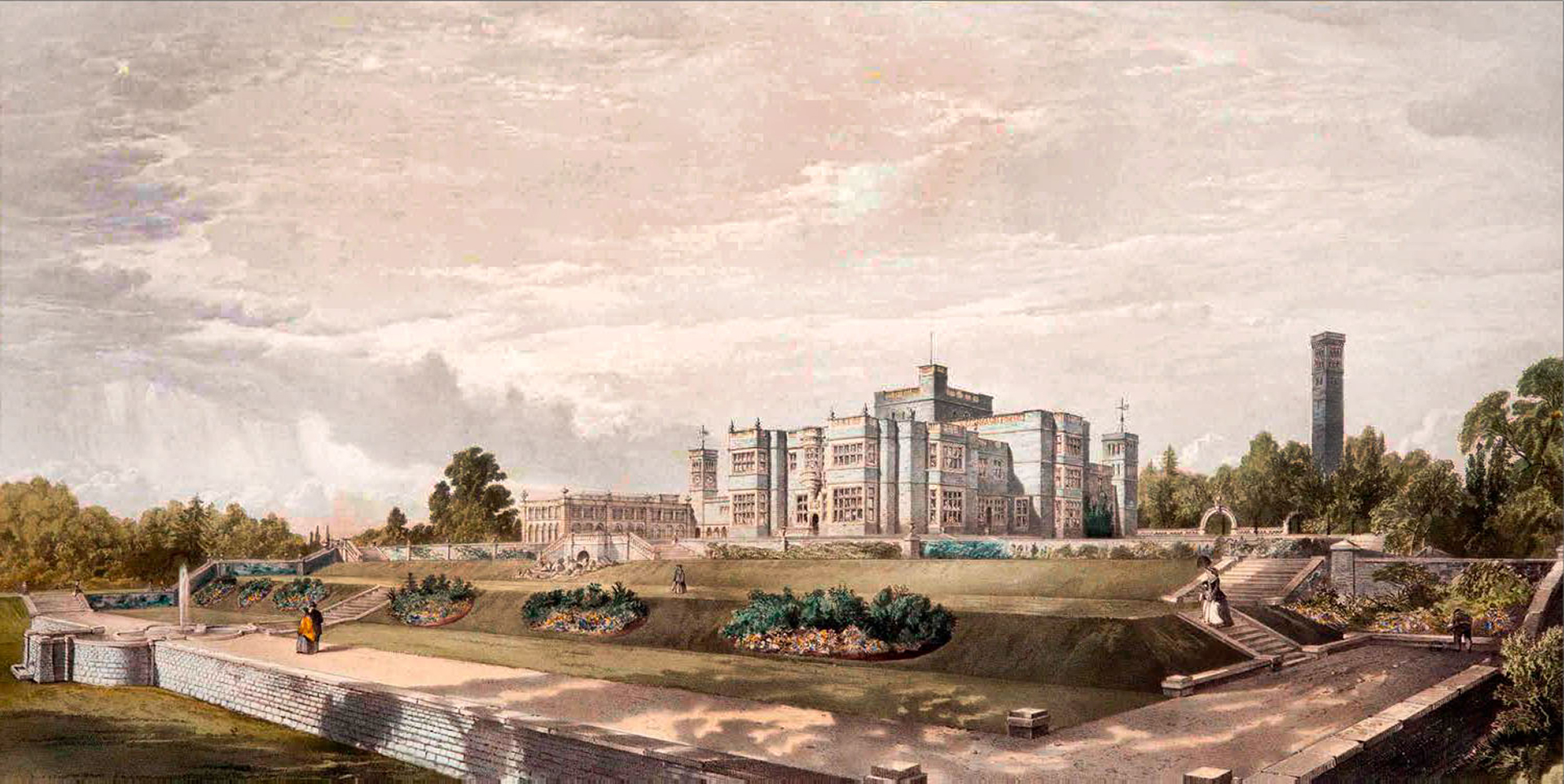A Note from the Owner
The venue at Osmaston Park sits on the site of Osmaston Manor which, like many other large houses at that time, was sadly demolished in 1965 after becoming too much of a financial burden.
When I took on the management of Osmaston Estate the site was crying out to be used and enjoyed. My wife and I subsequently decided to hold our wedding reception here, following our marriage at St Martin’s Church in the village. After throwing an epic party in a simple marquee put up for the occasion, it was clear that we needed to share the beauty of Osmaston Park with other couples.
We set about restoring many of the original features within the grounds and then teamed up with the brilliant TMP Events to provide a fully equipped, custom-made marquee to command the area where the house once stood. We have had a huge amount of fun over the years, and it has been a privilege to share in the happiness of so many special people. I might be a little biased, but I can’t think of a better setting for a party!
Contact us to come take a look and I’m confident you will agree.
Sir Andrew Walker-Okeover Bt
Osmaston Manor
Osmaston Manor was built in the early Victorian Tudor style of limestone and echoed Tissington Hall in much of the design. The house was set within 3500 acres of parkland with trees and lakes; Sir Joseph Paxton (Head Gardener at Chatsworth) advised on the layout of the park. Once completed it had 70 rooms, a bake-house, washhouse and a brew-house and a central tunnel carried smoke from the house to a communal chimney in the garden.
The Wright family were Nottingham bankers and had made a considerable fortune from iron and coal production during the Industrial Revolution. They owned the Butterley Ironworks near Ripley in Derbyshire (builders of St Pancras Station). Francis Wright (1806- 1873) inherited Osmaston from his mother's family and married his cousin Selina, daughter of Sir Henry FitzHerbert of Tissington. In 1845 Francis Wright started to build Osmaston Manor, which was completed in 1849. Realizing that he needed somewhere to house estate workers, he had Osmaston village built developing the village even more (although there has been a settlement in Osmaston for about 1000 years).
Osmaston Estate Village
Osmaston is an estate village and most of the buildings seen today were built around 1850 when the village was redeveloped to serve Osmaston Manor built by Francis Wright. The village still retains it's picture postcard appearance with delightful half-timbered cottages and thatched roofs The village green overlooks a duck pond and the 160-year old church and old world pub give the village an picturesque charm.
Francis Wright died in 1873 and the Osmaston estate was sold in 1888 to Sir Andrew Walker. The manor house became a financial burden to the family and like many other houses at that time, was demolished in 1965 by Sir Ian Walker who's family continue to manage the estate.
St Martin's Parish Church
St Martin's Parish Church was built in 1845 to replace an earlier building and was the first church in Derbyshire to be built in the medieval Gothic style.
It has been claimed that a stone in the previous church here was engraved with the date AD cccccc - showing that the church was founded in the 600s. Legend states that the previous church was made of wickerwork and this was demolished in 1843 to make way for the new building.
The church today remains closely tied to the village and the school, but also welcomes those from outside the parish to enjoy, use and get married in it..
